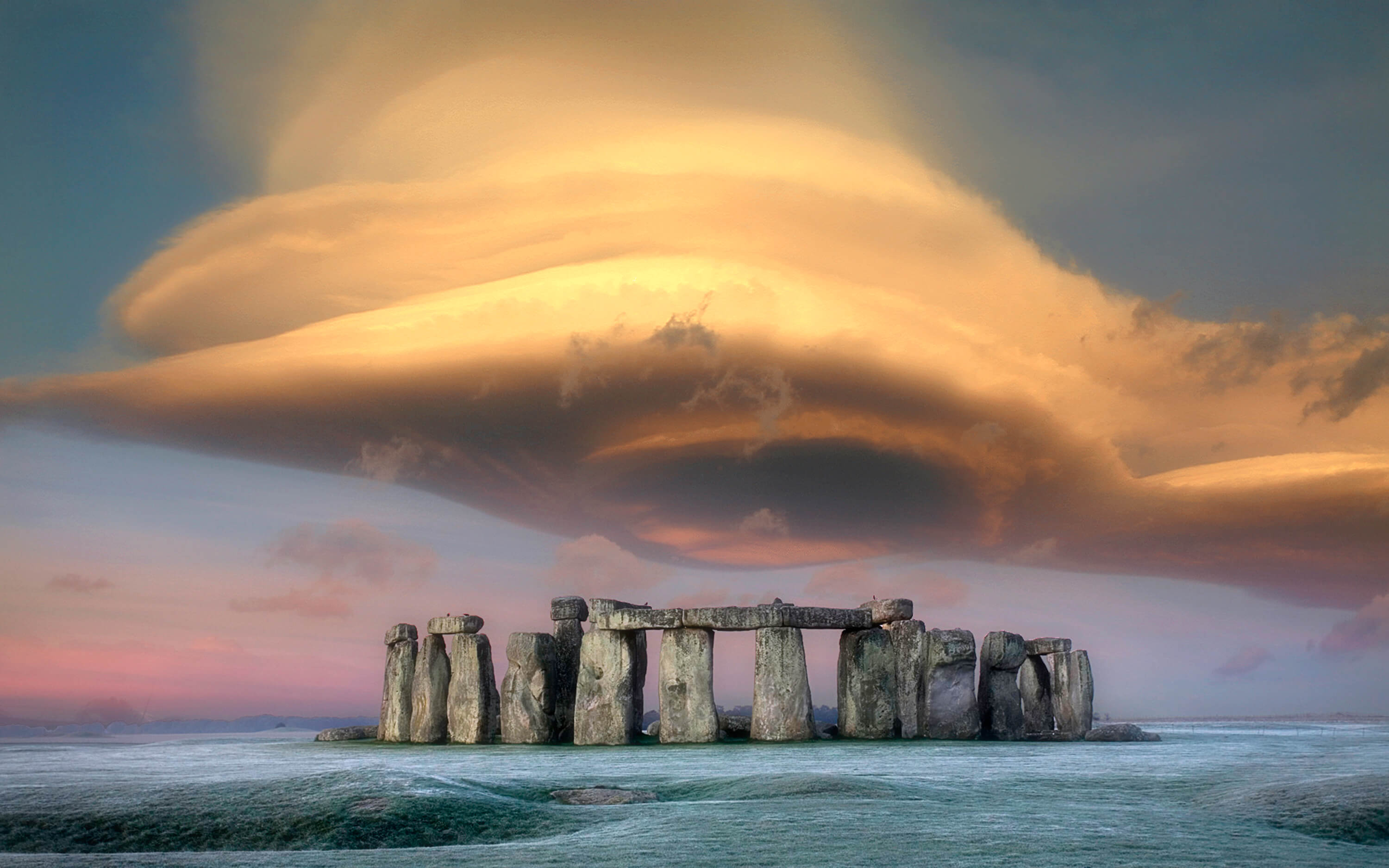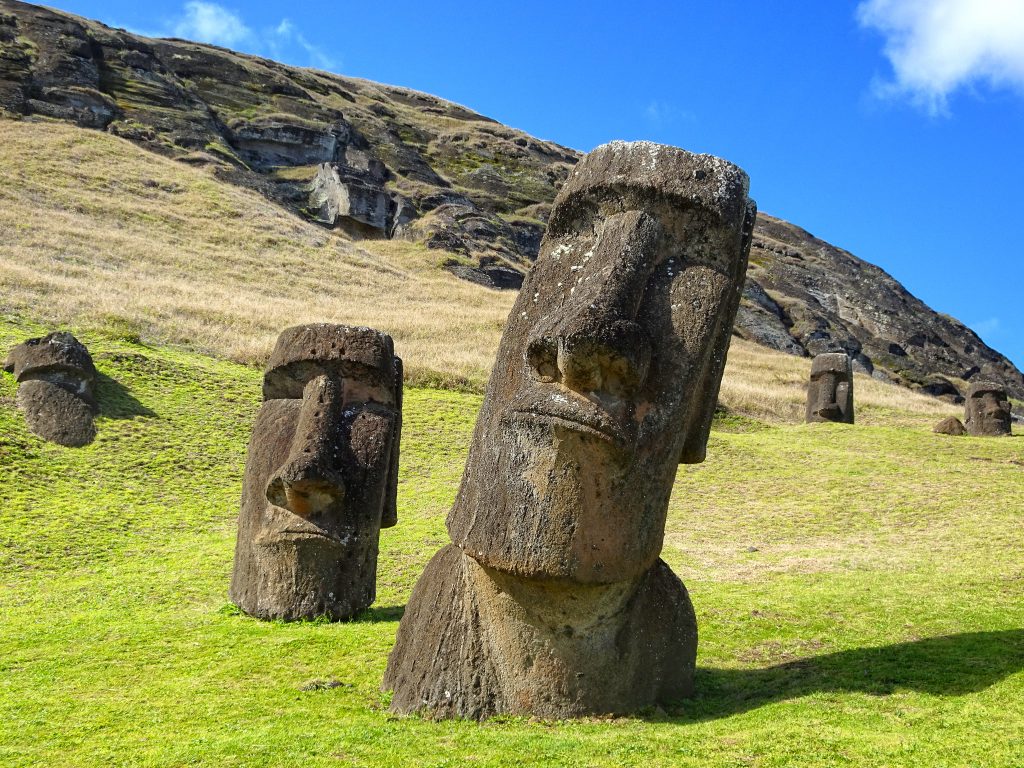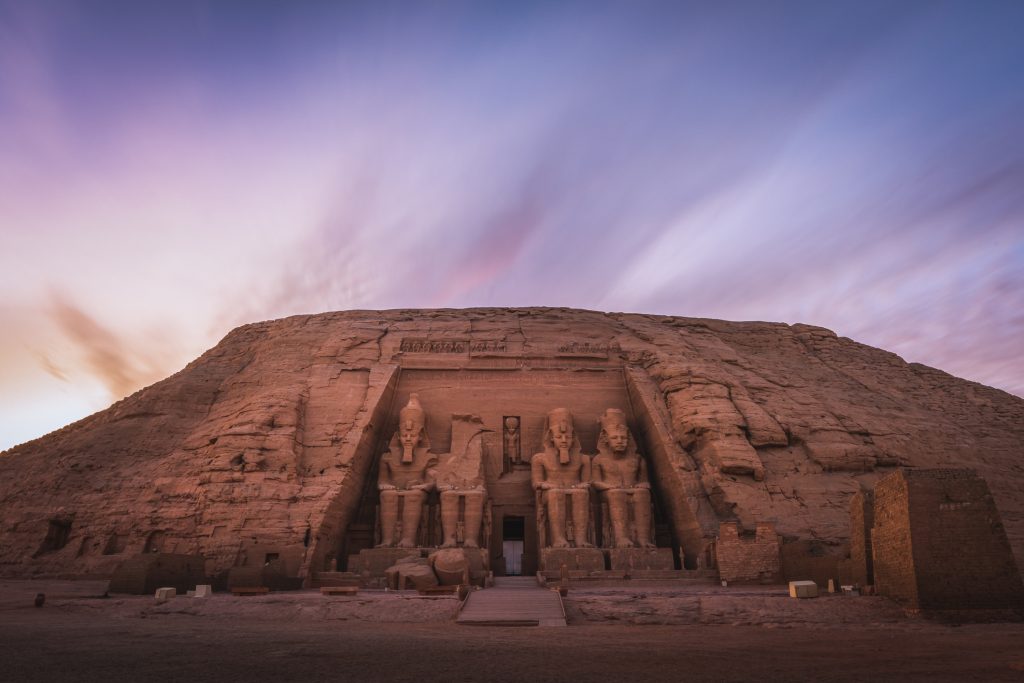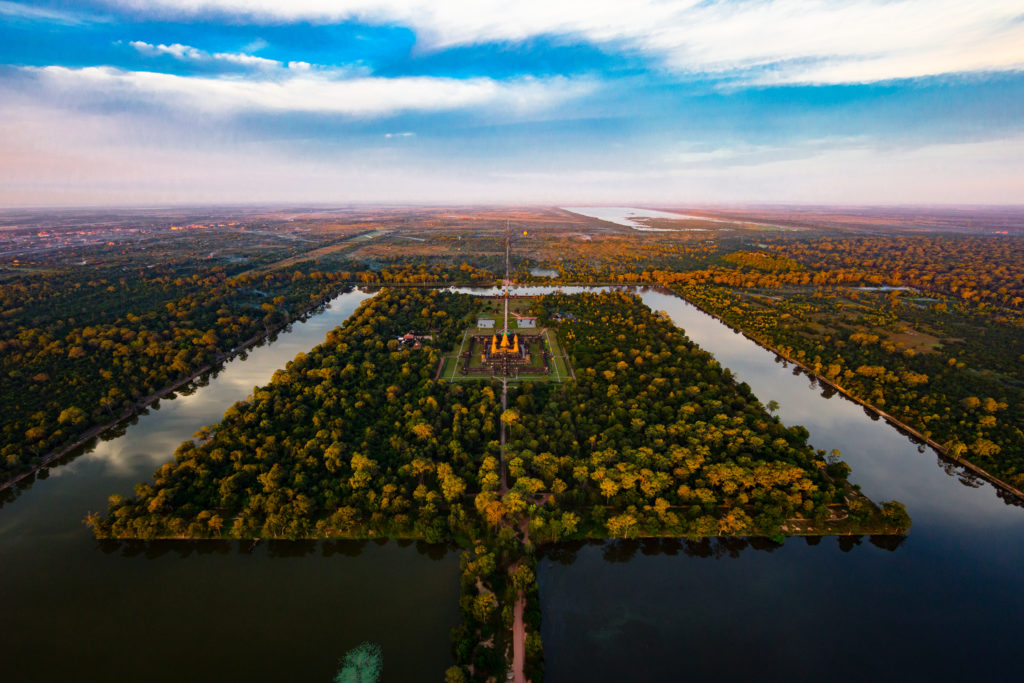Today, Stonehenge is one of the most famous ancient monuments on earth. The colossal stone circle of one hundred standing stones took an estimated 1500 years to erect. While experts have studied the site for centuries, exact answers as to what happened at Stonehenge are mostly unknown
The mystery of Stonehenge is etched into the British landscape. Who, how, and why it was constructed remains a critical part of the human origin puzzle.
Let’s explore the secrets of the Stonehenge stone circle.
What is Stonehenge?
Located in the South of England, Stonehenge is one of the most iconic megalithic structures on the planet. The sheer size of the standing stones complex attracts millions of visitors each year to marvel at its mystery.
The monument is made of two different stone types. Each comes from different places. The larger sarsen stones in the outer ring — which stand up to 30 feet (9 meters) tall and weigh an average of 25 tons (22.6 metric tons). The inner bluestones are much smaller.

It is thought that the heaviest of the stones weighs around 40 tonnes. The lintels are the large stones that ‘cap’ the standing stones. They’re not merely placed on top, but all joined together like puzzle pieces.
Although the dating and design of the site have been extensively studied, answers are not agreed upon. There is no consensus on how the ancient builders were able to cut and transport such large stones, or why such specific stones were used.
Precision tongue and groove joints were carved into the stones to strengthen and support them. As if all of this was not hard enough, the ground on which the site stands slopes downwards.
The added complexity of the slope would have to been factored in when cutting the stones. Without precision planning, the standing stones would never be level and upright.
All of this began over 5000 years ago. The level of engineering and mathematics needed to complete Stonehenge is hard to comprehend. Even more baffling is that we know less about why or how it was done.
Ongoing research is being carried out on the geometry, mathematics, and astronomy of the site. To this date, studies have only revealed part the vast secrets held by Stonehenge.
How old is Stonehenge?
The Stonehenge complex is composed of surrounding structures that date to different periods. The outer parts of the circle are the oldest, with the larger stones in the middle the final phase of construction.
Found only a few hundred feet from the main standing stone complex are three huge totem poles. These pine poles have been radiocarbon dated to 10,000 years old, an astonishing age that predates Stonehenge by nearly 5000 years.
It was as if these poles were used to mark out the site long before it was constructed. Although the posts are no longer standing, they prove where they once stood. It is mysterious to think who was responsible for building the site over such vast periods of time. These poles mark the first stages of the original ground plan.
The initial construction of Stonehenge differs from what now remains at the site. What is left is the final additions to a stonework project that began around 5150 years ago (3150BC).
The first stage was completed over 5000 years ago. As the site developed over time, the design and structure changed. The original ditch is still visible today and surrounds the modern day structure. Over a process of a few hundred years what is left of Stonehenge was built, with the final adaptions taking place around 1500BC.
How did they build Stonehenge?
With only access to primitive tools, it is difficult to see how such a structure was created.
Before any of megalithic standing stones were placed, a large outer ditch was dug in the earth. This ditch had banks of up to six feet high and was nearly completely closed. It had one small opening that led to a pathway marked with small standing stones.
The two types of stones that make Stonehenge have origins far from where they now stand. The sarsen stones, one of the two types of stones used, were probably quarried 20 to 30 miles away to the north of the site.
But the mystery deepens. The bluestones of Stonehenge are baffling as to how they were transported there. They were quarried in Wales and then carried 160 miles.
The reasons for going to so much trouble to acquire such specific stones has long been unknown. No one has explained how they were transported.
To make matters more complex, 5000 years ago the English landscape would have been very different to what it is today. At the time, dense forests and woodland would have been negotiated while moving the stones. With some stones weighing over five tonnes, it was all achieved before the known invention of the wheel.
There have been many theories put forward trying to explain how this feat was reached, nothing has revealed the truth.
The bluestones must have been either sacred or more practical than more accessible stones. Why else would they have wasted so much energy and time in cutting, moving, and erecting them if this wasn’t the case?
What was Stonehenge originally used for?
There’s no question that Stonehenge was a site of extreme importance.
What makes Stonehenge so popular is that it is aligned with both the winter and summer solstices. Each year thousands of people turn up to see this remarkable feat of arche oastronomy.
At sunrise on the summer solstice, the sun appears to rise just above the ‘heel stone.’ It is a standing stone outside the main circular structure, and the alignment is only visible from inside the henge itself.
The summer solstice marks the longest day of the year. From then the days gradually getting shorter. This was not always the case though. Originally, the sun would have risen initially just to the left of the heel stone.
Viewed from the correct position the sun would cast a perfect stream of light directly down the avenue of stones. The shift in the sun’s position is due to the axial tilt of the earth. This causes the sun to move slightly over long periods of time.
These alignments are also observable at sunset on the winter solstice. If you were to stand inside the central stone circle and look towards the setting sun, you would notice it disappear into the largest trilithon in the complex. From this point onwards the days begin to get longer throughout the year.
Marking these alignments were very important for the builders. At the very least they would have signalled times to plant crops, expect rainfall, as well as knowing the precise moment of the year.
A megalithic stone.
Conclusion
Each year the interest in Stonehenge increases around the world. The archaeological mysteries surrounding its purpose and origin are deepening as more research is carried out.
The very construction reveals how resourceful these ancient people were. Could simple-minded, stone-age primitives, perform such mastery of stone-masonry?
Who were these builders? Why did they decide to undertake such a momentous task? It is one of the most fascinating mysteries of the ancient world. Today we still have much to learn from studying Stonehenge.
Now it’s up to you. What do you think Stonehenge was used for? Have you seen any further evidence or theories regarding its origin?
Further Reading:




























